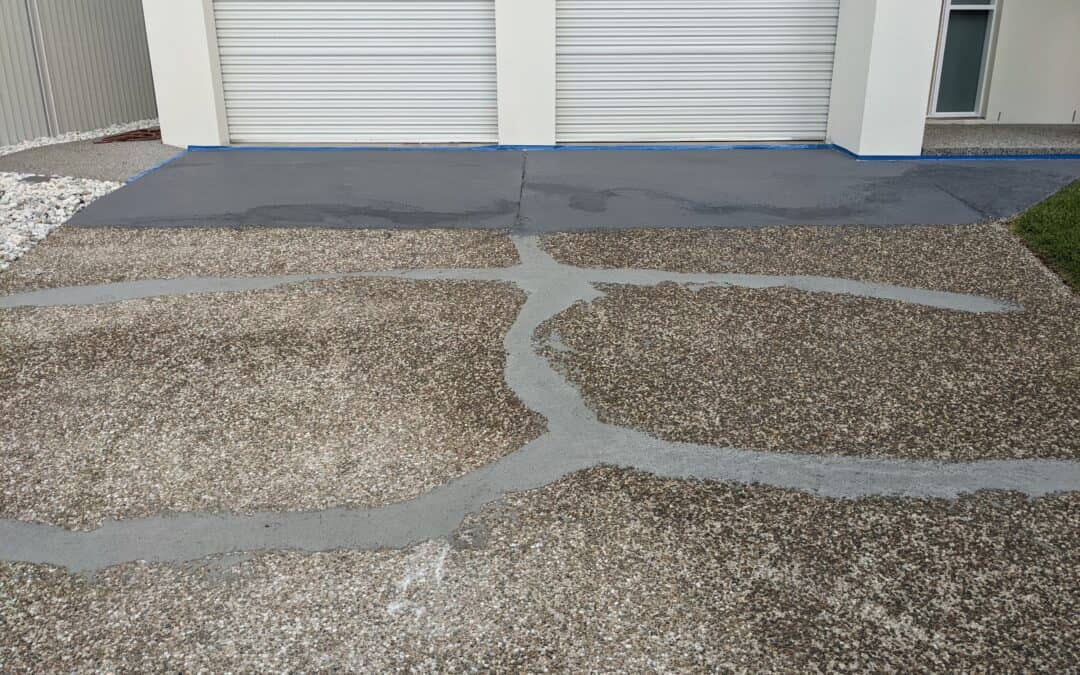So which material is better for repairing concrete cracks: epoxy or polyurethane?
The answer isn’t always clear-cut. In many cases, either material can accomplish the task, and applicators may simply choose the material they have the most experience with.
But here are some general guidelines: If the crack needs to be structurally repaired and the area needs to be as strong or stronger than the concrete around it, use an epoxy.
If the crack needs to be repaired only to prevent water leakage or the crack is actively leaking, a polyurethane is usually the best choice. Here’s a look at the advantages and limitations of each material.
Epoxies: Epoxies for crack injection are available in a range of viscosities, from ultra-thin to paste-like, to accommodate cracks of different widths. Coles advice is to use whatever viscosity is needed to inject a given crack at pressures less than 40 psi. The wider the crack, the thicker the material required.
The main advantage of epoxies is their amazing compressive strength, which at 12,000 psi or greater exceeds that of most concrete. That’s why epoxies are the only choice for cracks requiring structural repair.
However, epoxies cure very slowly, generally taking hours to harden. This can be an advantage because it allows time for the epoxy to flow into even the smallest crevices.
On the other hand, it’s also possible for the epoxy to flow out of the backside of the crack before it has hardened if the backfill outside the wall has separated from the foundation.
Often there are voids behind cracks due to soil erosion or poor compaction, that’s why the crack is leaking in the first place; its easy for water to enter.
Polyurethanes: If there is concern about material leaking out the back of a crack, polyurethane foams should be used.
These elastomeric, fast-setting foams are effective alternatives for applications involving only crack sealing (waterproofing) and not a structural repair. Because of their elastomeric nature, they are able to accommodate slight concrete movement so the seal stays intact.
They also begin to harden and foam within minutes of injection. This reduces the chances of the material flowing out of an injected crack while still in liquid form, and even if some does leak out, the foam will fill the void.
Urethanes are great for basic crack filling. They add practically zero compressive strength, but in most residential applications, you don’t need it.

